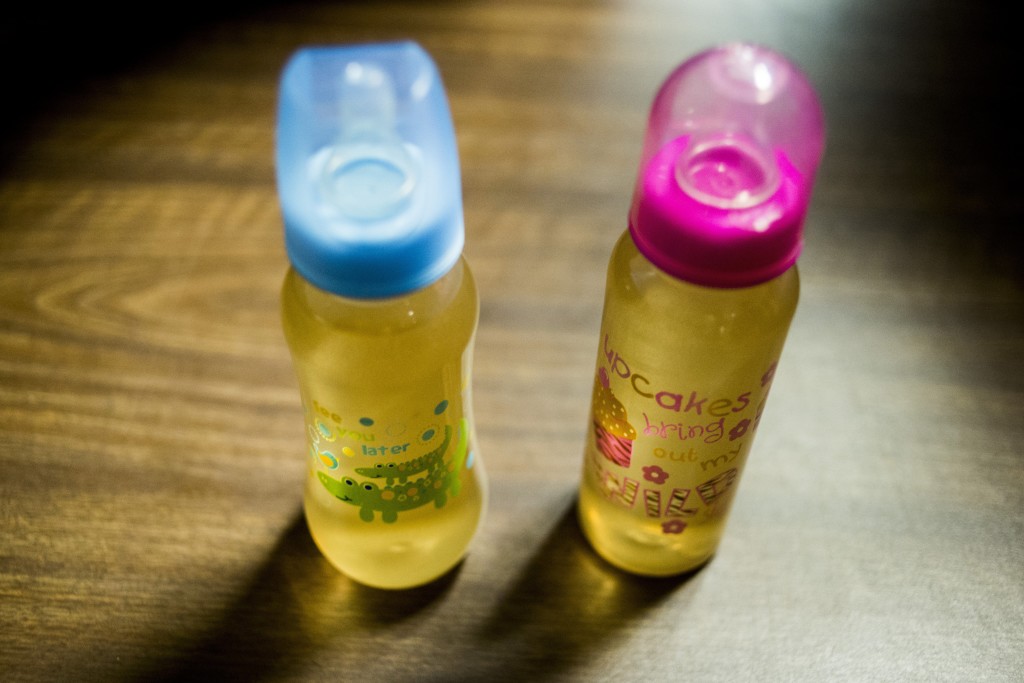Officials push a U.S. city into Third World status
The Safe Drinking Water Act requires the EPA to set standards for drinking water. It's safe to say, what was coming out of the taps in Flint doesn't qualify.
“A nation that fails to plan intelligently for the development and protection of its precious waters will be condemned to wither because of shortsightedness. The hard lessons of history are clear, written on the deserted sands and ruins of once proud civilizations.”
So stated President Lyndon Johnson, no less, in his letter prefacing the first national assessment of the Water Resources Council in 1968. The report from the White House was addressed to Senate President Hubert H. Humphrey and House Speaker John W. McCormack.
Old LBJ didn’t overstate the importance of drinking water, the struggle for which you can find in the Bible itself. Which makes the water system of the United States, in my opinion, one of the wonders of the world. You can open any tap in the country and take a drink, knowing you won’t get dysentery or worse.
But maybe not. Just ask the people of Flint, Michigan. Why has one idiotic decision by an obscure state official drawn the attention of the whole country? Precisely because it shows how easily something millions and millions of people take for granted can unravel. That 1968 report looked not only at drinking water but rather the entire water system in the United States for power generation, navigation, recreation and agriculture. It was a time when a lot more rivers and lakes were polluted than is now the case. The famous 1969 Cuyahoga River fire — one of several in the history of industry along that river — helped spur the environmental movement.

Contemporary contamination of another river, the Flint, provided the physical source of the current problem.
Aside from the severe health emergency and life disruption for Flint residents, the real story is one of intergovernmental failure. A Detroit Free Press editorial calls it an obscene failure. The failure is within Michigan. Flint, a city in financial crisis, had a state-appointed overseer trying to balance the city’s books. To save money, the overseer and the Department of Environmental Quality recommended disconnecting from Detroit’s water and sewer system and pump instead from other sources. For instance, the Flint River. That’s like running out of Dasani and dipping your water bottle into a bus terminal toilet instead. For more than a year, residents complained about weird water, and nobody did anything. Now it is a political crisis for Gov. Rick Snyder.
A declaration of emergency by the Obama Administration means some federal help is flowing in to help people survive until Flint’s water system can be repaired. That will cost millions, and given Flint’s and the state’s precarious finances, the federal government may end up helping there too.
Water policy and standards at the federal level reside in the Council on Environmental Quality, with antecedents back to that 1968 report. This is a case where knowledge of what is in the Flint River, how it would interact with the metal pipes under the City of Flint, and acceptable standards for what is in drinking water, might have prevented the fateful source decision. And a case where the federal government might have been an honest broker among the parties.
Agencies in Washington have loads of information on water quality. This USGS portal is a place to start. More to the point, the Safe Drinking Water Act requires the EPA to set standards for drinking water. It’s safe to say, what was coming out of the taps in Flint doesn’t qualify.
Every local problem shouldn’t require a federal response. Federal standards can often be idealistically and unrealistically stringent. But when local and state officials encourage and oversee an action that pushes a long struggling city into third world status, the federal government becomes the source of last resort help.
Copyright © 2025 Federal News Network. All rights reserved. This website is not intended for users located within the European Economic Area.
Tom Temin is host of the Federal Drive and has been providing insight on federal technology and management issues for more than 30 years.
Follow @tteminWFED







